ARTIFICIAL INSEMINATION (AI)

WHAT IS ARTIFICIAL INSEMINATION?
Artificial Insemination (AI) aims to facilitate the encounter between the sperm and the egg in the same maternal uterus. It can be performed with sperm from the couple (AIH) or from a sperm bank (DAI).
The fact of preparing the semen sample in the laboratory, stimulating the ovary to control the growth and maturation of the follicles and introducing the semen sample into the interior of the uterus, reducing the distance that the sperm must travel to the oocyte, makes it possible to maximize the probabilities of fertilization and pregnancy.
STEPS TO FOLLOW

STEPS TO FOLLOW

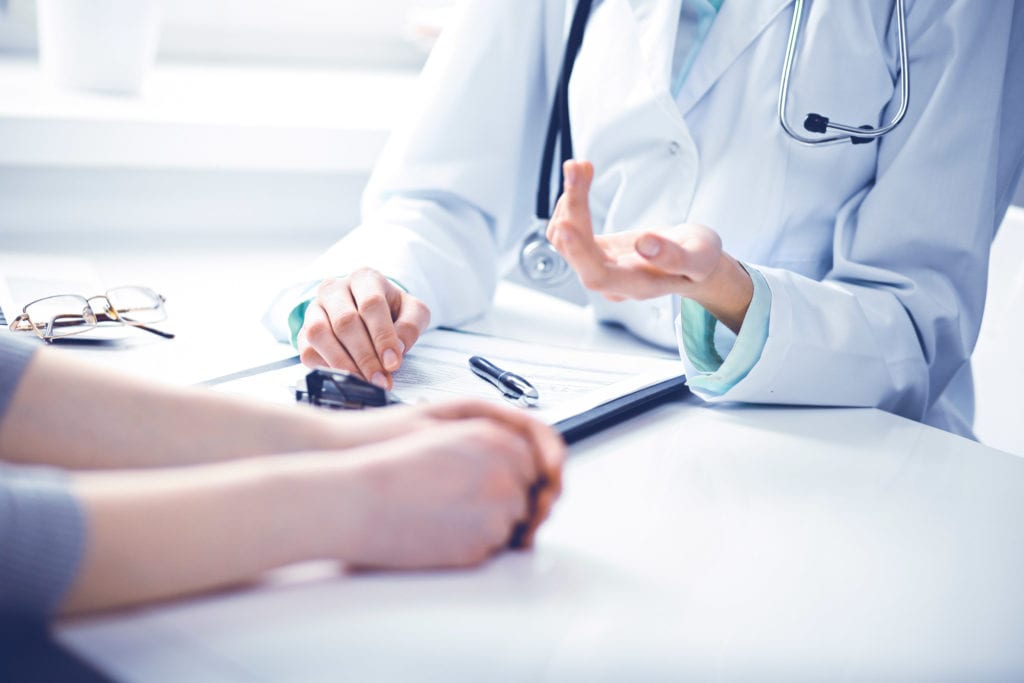
FIRST VISIT
The most important moment of the treatment arrives: the first contact. At Embriogyn we consider this first visit of vital importance to generate the empathy, the bond and the trust necessary on which we will base the subsequent doctor-patient treatment.
The same gynecologist will be the doctor who will accompany you throughout the process and will guide all the tests to be performed in order to achieve the most accurate and individualized diagnosis possible, thus increasing the efficiency of each recommended treatment.
OVARIAN STIMULATION
Physiologically, in each menstrual cycle, a woman experiences the growth of a single follicle (structure that contains the egg) that will release an egg into the fallopian tube to be fertilized on the fourteenth day of the menstrual cycle.
Thus, the beginning of the Artificial Insemination treatment will be marked by the beginning of the menstrual cycle in which the treatment is to be performed, since there are no waiting lists. With this treatment we intend to stimulate, in a gentle and controlled way, the ovaries to increase the possibilities of success, inducing the growth of the follicles by administering medication.
The gynecologist specialized in assisted reproduction will be the one to carry out the whole process of ovarian monitoring, which consists of carrying out ultrasound and hormonal analysis controls in order to make an exhaustive, individualized follow-up and thus achieve maximum efficiency in each cycle. An average of 3-4 controls per cycle will be carried out and between the first control and the insemination usually 8-10 days pass.
In some specific cases, it is advisable to consider insemination without ovarian stimulation, monitoring spontaneous ovulation.
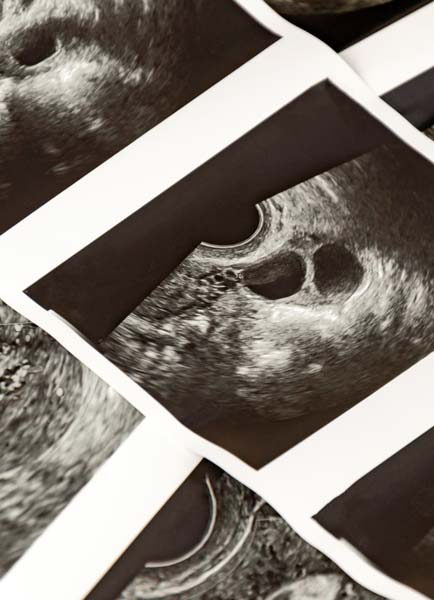
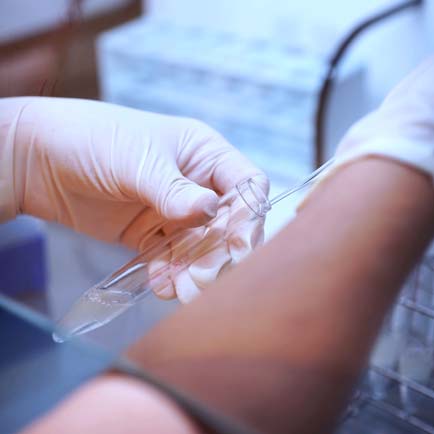
SPERM PREPARATION
In case the insemination is with the partner’s sample, two hours before the insemination, a sperm sample is obtained which is processed in the andrology laboratory.
A sperm capacitation treatment will be performed on this semen, with the main aim of separating and concentrating the best quality spermatozoa into a volume of 0.4-0.5 ml for later introduction into the uterus.
If we use semen from the Sperm Bank, the sperm sample will already be in the andrology laboratory and will be defrosted one hour before insemination so that it can be treated in the laboratory. Thus, the best quality spermatozoa resulting from this treatment will be those introduced into the woman’s uterus.
INSEMINATION
Once the follicles (1 or 2) are the right size, a dose of the hCG hormone is administered which will be responsible for inducing ovulation and, 38-40 hours later, we proceed to insemination as such.
Insemination is a simple technique, which we perform in the same office, without the need for anesthesia because the discomfort is minimal. The gynaecologist introduces a catheter through the cervix where the previously prepared spermatic sample will be deposited.
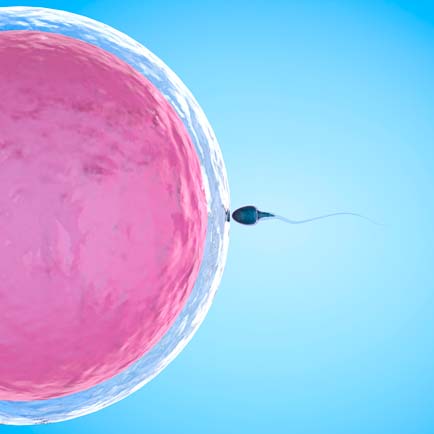

PREGNANCY TEST
Once the technique has been completed, you will rest for a few minutes, we will give you the instructions to follow and we will set a date to do the pregnancy test with the first urine in the morning, approximately 15 days after the insemination. During this period, we recommend living a completely normal life, maintaining the usual routines and avoiding only high intensity efforts.
If the result is positive, we will schedule a visit 3 weeks later to do a control ultrasound, in which we will confirm the presence of the embryonic sac and the viability of the gestation.
ARTIFICIAL INSEMINATION WITH PARTNER’S SPERM
Pregnancy rate per insemination cycle
Cumulative pregnancy rate at the fourth attempt
ARTIFICIAL INSEMINATION WITH DONOR SPERM
Pregnancy rate per insemination cycle
Cumulative pregnancy rate at the fourth attempt
TYPES OF ARTIFICIAL INSEMINATION

SPERM SAMPLE FROM YOUR PARTNER
These are inseminations in which we use your partner’s semen. We recommend a maximum of 4 consecutive cycles, since this way the cumulative probabilities of pregnancy are higher.
Indications
- Inability to deposit semen in the vagina (hypospadias, retrograde ejaculation, erectile dysfunction, vaginismus).
- Mild or moderate male factor (when the REM test, allows the recovery of more than 5 million spermatozoa with good mobility).
- Ovulatory dysfunction (Anovulation, polycystic ovaries that are usually corrected with hormonal treatment).
- Cervical factor (alteration of cervical mucus).
- Endometriosis (in its mild forms, grades I and II).
- Sterility of unknown origin (couples in which all the studies carried out show normality and yet no pregnancy is achieved).
SPERM SAMPLE FROM A SPERM DONOR
These are inseminations in which the sperm sample of an anonymous donor from a Sperm Bank is used, the maximum similarity to you both physically and immunologically. We recommend a maximum of 4-6 cycles, which we recommend be consecutive, since this way the cumulative probabilities of pregnancy are higher.
Sperm Banks are medical centers authorised to select donors, study their seminal quality, freeze and distribute sperm samples in Assisted Reproduction Centres.
For the selection of donors, a very rigorous study is carried out which includes seminal controls and health controls to avoid the transmission of infectious and/or hereditary diseases.
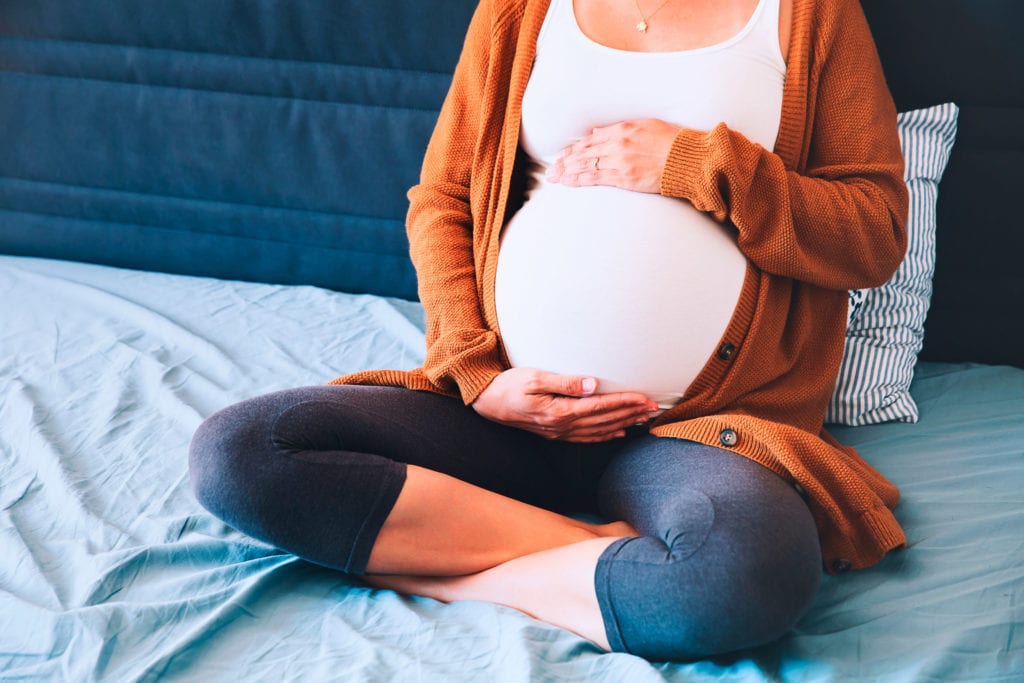
Indications
-
Azoospermia (no sperm in either the ejaculate or the testicle)
-
Hereditary genetic diseases of male origin, not susceptible to preimplantation genetic diagnosis.
- FISH altered.
- Single mothers.
- Couples of women.
WHAT DOES TREATMENT INCLUDE?
- Analysis of hormones during the cycle
- Medical visits and hormonal stimulation controls
- Processes in the andrology laboratory
- Artificial Insemination (AI)
- B-HCG pregnancy test
-
Psychological support
IUI PRICE: 700€
AID PRICE: 1075€
(Sperm bank included)
MAKE AN APPOINTMENT
It’s quite simple. All you have to do is contact Embriogyn and make an appointment with our specialists at the time that suits you best. In case you can’t come in person to the clinic, visits can also be arranged via Skype.
